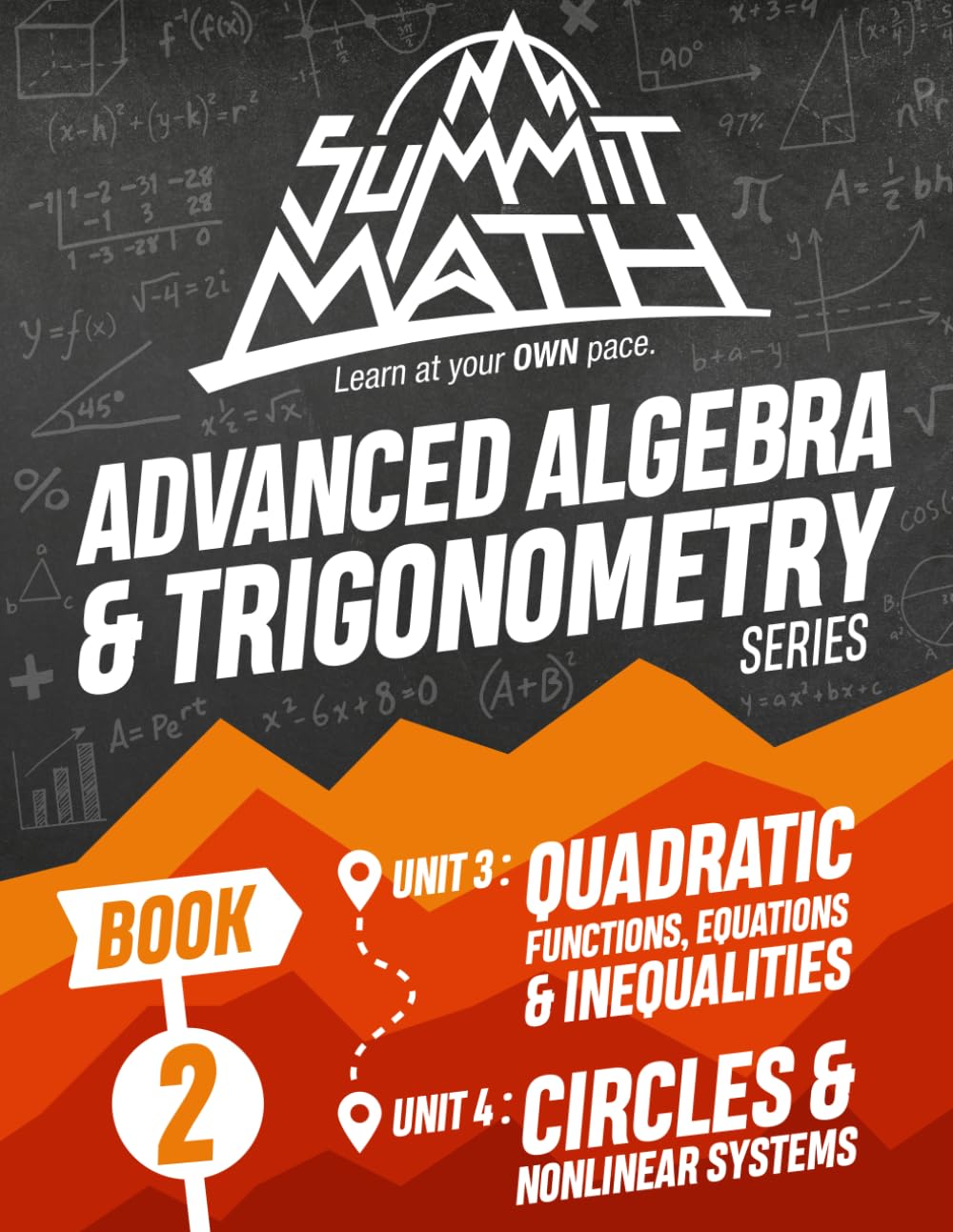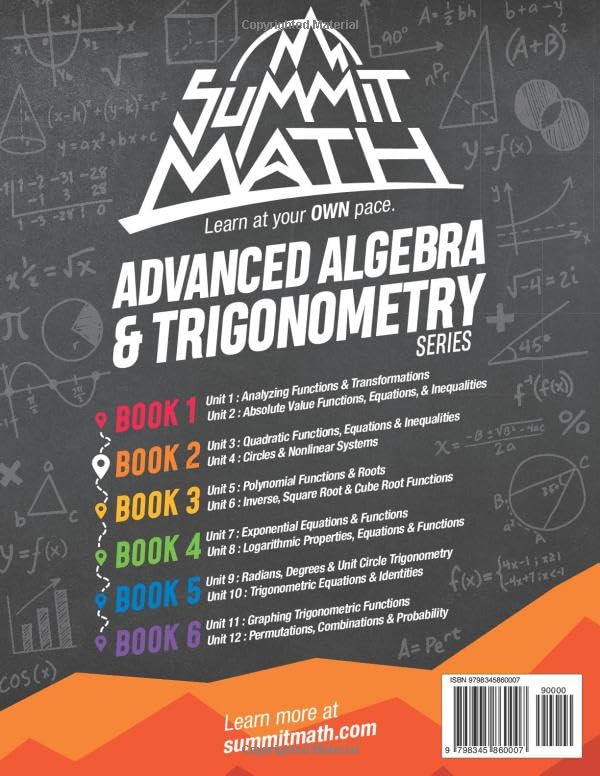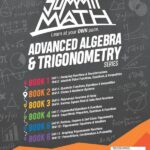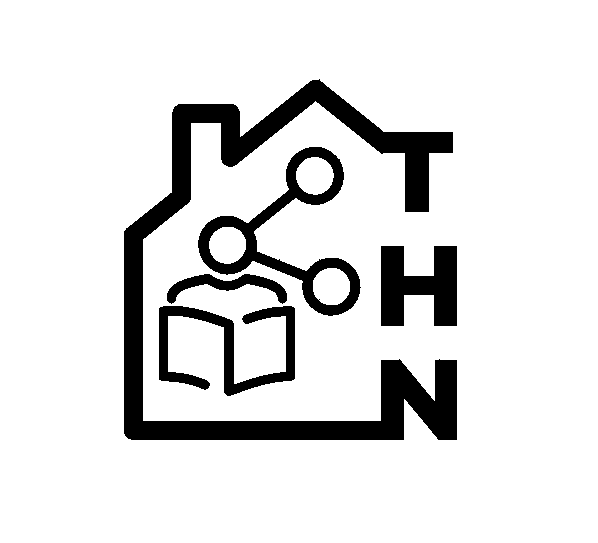A Student-Centered Textbook
- 144 Pages and 690+ Total Exercises
- Step-by-Step Guided Lessons + Answer Key
- Encourages Thinking & Exploring
- Supports Self-Paced Learning
Book 2 of 6 in the series, this textbook supports both classroom learning and independent study, empowering students to learn at their pace, whether working collaboratively or individually. The author makes each concept easy to understand and actively engages students in a step-by-step process of building genuine understanding, rather than memorizing formulas without knowing why they work. With careful pacing, clear explanations, and a detailed answer key for timely feedback and helpful guidance, the uniquely scaffolded approach allows students to learn math anywhere, at school or at home.
Written by a teacher with over 20 years of experience, each feature is designed to benefit students. Published as a 6-book series instead of a single textbook, students feel a sense of achievement when they finish each book, making learning feel less intimidating. Each lightweight book has 2 parts. The first half uses small steps to guide students through the process of constructing each concept, while the second half provides additional practice to reinforce learning and improve retention. Every section includes an answer key to provide teacher-like feedback that helps students keep moving forward. This curriculum is named Summit Math to reflect the author’s belief that learning is like hiking. Anyone can reach the summit, at their own pace, if they keep taking small steps.
Book 2 includes 2 Units, listed below.
Unit 3: Quadratic Functions, Equations & Inequalities
- Methods for Solving Quadratic Equations
- Imaginary Numbers
- Exponents of i
- Completing the Square
- The Quadratic Formula
- The Discriminant
- Operations with Complex Numbers
- Rationalizing a Binomial Denominator
- Applying Transformations to Parabolas
- Graphing a Quadratic Function in Vertex Form
- Writing a Quadratic Function in Vertex Form
- Converting from Standard Form to Vertex Form
- Maximum Revenue Quadratic Scenarios
- Rectangular Area Optimization Scenarios
- Quadratic Border Scenarios
- Solving Quadratic Inequalities by Graphing
- Using a Number Line to Solve Quadratic Inequalities
Unit 4: Circles & Nonlinear Systems
- The Equation of a Circle
- Applying Transformations to Circles
- Converting the Equation of a Circle to Standard Form
- Transforming a Circle to an Ellipse
- Solving Nonlinear Systems of Equations Algebraically
- Solving Nonlinear Systems of Equations Graphically
- Scenarios Involving Nonlinear Systems









Reviews
There are no reviews yet.